 |
| Husqvarna kjøleskap har en stylet finish, men er under fasaden like falskt og mislykket som Pamela Anderson |
Min bror har alltid hevdet at for å være miljøbevisst må man kjøpe det dyreste og beste, da dette gir varige produkter slik at man skåner miljøet. Mitt Husqvarna kjøleskap var et såkalt dyrt skap med helautomatisk avising og det hele. I dag forstår jeg at avisingssystemet aldri har fungert, det er derfor det har duret og gått uavbrutt dag og natt siden det var nytt. Der vi bodde før var ikke dette noe problem, da kjøkkenet var for seg selv. I dag har vi en såkalt åpen kjøkkenløsning, en uting, noe jeg vil komme tilbake til i en seinere post.
Det siste året har jeg virkelig fått merke denne duringen, da jeg har sovet på rommet under kjøleskapet, noe som nærmest kan sammenlignes med å ha et pressluftsbor i hodet. Naturligvis, i profittens navn har Block Watne droppet å legge inn lydabsorbenter i etasjeskillene, slik at vibreringen fra kjøleskapet har avstedkommet adskillig verre støynivå i underetasjen enn i rommet der det er plassert.
Block Watne har heller ikke avsatt tilstrekkelig plass mellom vindu/kjøkkenbenk og vegg, slik at jeg må dra fram kjøleskapet for å få fram skuffer og hyller for rengjøring etc. Dette gjør det også vanskelig å bygge inn kjøleskapet.
Uansett, i går prøvde jeg å åpne inn mot vifta i frysedelen, da denne igjen hadde sluttet å gå. Det viste seg at nesten hele fryseelementet, vifta, rør etc. var innkapslet av tykk is, dette skal liksom være et selvavisende kjøleskap! Isen var så massiv at jeg måtte legge hårføneren over fryseelementet.
Hvor klønete kjøleskapet er laget viste seg i all sin gru når jeg skulle sette delene på plass igjen, dette gikk knapt og hovedskuff og frontdeksel i frysedelen ble det ikke plass til hvis man skal lukke døra, noe som jo er en fordel. Under arbeidet røk også føleren for døra sund, da denne var av simpel plastikk. Husqvarna kjøleskap er definitivt ikke laget for å repareres og vedlikeholdes, kun for å kasseres. Men dette er jo hemmeligheten med hele det kapitalistiske systemet.
Så nå er det ut igjen på kjøleskapjakt. Jeg hater å kjøpe ting, så dette var det siste jeg ønsket i julestria. Det viktigste er å sette opp ei skikkelig kravliste, håper denne også kan være til hjelp for lesere av bloggen. (I går hadde jeg 326 sidevisninger, forrige måned 5 315 sidevisninger).
Krav for nytt kjøleskap:
- Man må kunne få ut hyller og skuffer for rengjøring og tilpasning uten å måtte dra fram kjøleskapet, dette med en lysåpning på 66 cm. (Egentlig 68 cm, men ønsker å "kle inn" kjøleskapet med heltreplater på sidene. Døra må gå ordentlig opp.
- Det bør ha et støynivå på maksimalt 34 dB, helst lavere. Må ikke gå hele tida, kun i korte perioder avbrutt av lange perioder med stillhet. Gjelder også vifta.
- Det må ikke avgi noen form for vibrasjoner til gulvet, som kan spre seg til soverom i underetasjen. F.eks. at kompressor er montert på støtabsorbenter, gjerne noe opp fra gulvet, gjerne også at kjøleskapet har støtabsorbenter mot gulv.
- Det må være selvavisende.
- Det må finnes et skikkelig serviceverksted i nærområdet.
- Det bør være et håndtak under kjøleskapet slik at det blir enkelt å dra fram.
- Slagretning på døra må kunne endres. (Slår mot venstre i mitt kjøkken).
- Må ha frysedel.
- Evt. hevet fra gulv for rengjøring, evt. innebygd front.
- Skal det ikke bygges inn bør det ha svarte sider og metall front.
- Gjerne en "brekkløsning" på døra slik at det blir lettere å åpne når døra suger seg inntil.
- Ikke Husqvarna.
- Enkelt innstillingspanel for temperatur etc.
- Enkelt å reparere.
- Ikke for tungt. (Tungt å transportere, flytte, og tyngden overfører trolig i sterkere grad evt. vibrasjoner til gulvet).



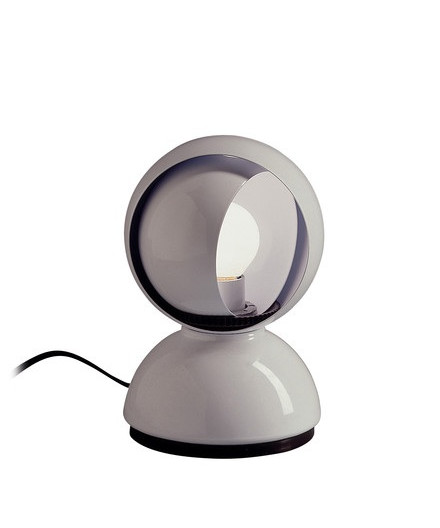






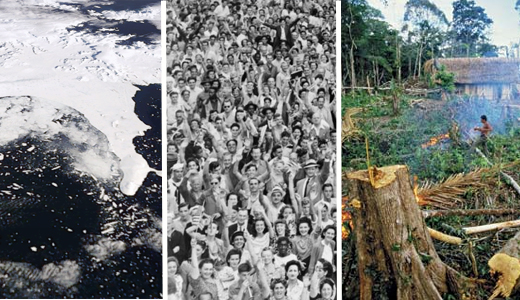




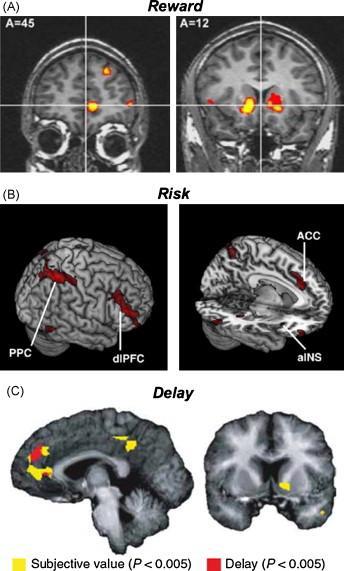
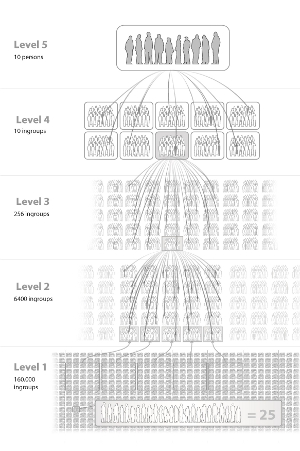
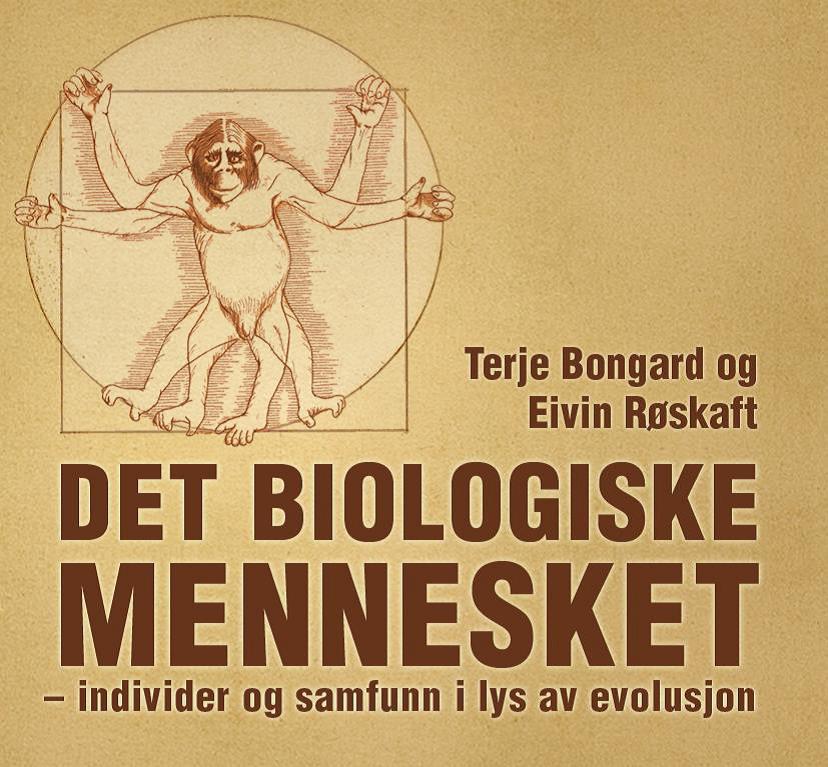

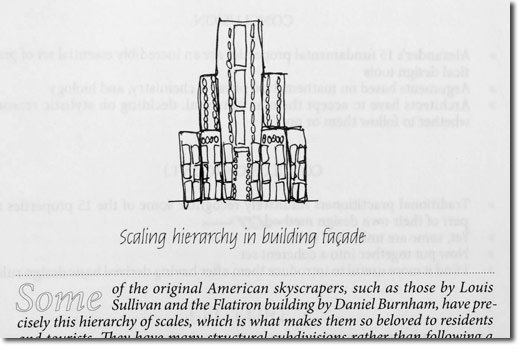


.jpg/640px-Tarangire_2012_05_27_2030_(7468494478).jpg)
















